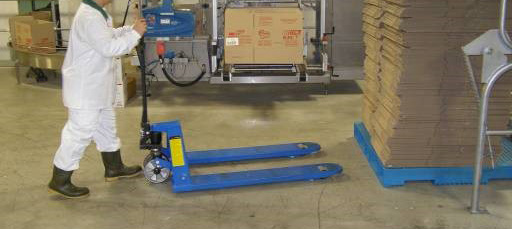Health and Wellbeing Assessments:
These assessments are designed to aid in the implementation of a healthy and safe work environment. It is individualized and assessments are one on one. Health advice and brochures are given to each individual to aid in the education to enhance a heathy lifestyle and prevent lost time. Specific exercise prescriptions are also recommended. The following assessments are undertaken:
- Heart rate and blood pressure monitor
- Strength and endurance tests
- Flexibility assessments
- Drug and Alcohol testing
Pre-employment Assessments:
These assessments are used to recommend the right individual for the workplace and are specific for the workplace. Here, it is important that the examiner understands and the current workplace the psychological and physical environment each worker will be exposed to.
Tests used to assess each individual involved and in depth interview re previous jobs, injuries and rehab undertaken. A signed consent is taken and all information is private and confidential.
Further tests are used to calculate the individual’s physical attributes, taking into account lifting postures and core strength, overall muscle strength, endurance, flexibility, fitness level, heart rate, blood pressure and bodily drug and alcohol content.
Manual Handling – Risk Assessment:
These reports are used to aid in recommendations for realistic modifications to the workstations if necessary. They take into account task analysis of the tasks assessed and budget constraints. They also aid in communication with Worksafe.
Workplace assessments and manual handling risk assessments are another way of helping to provide a safer working environment for the worker.
Individual workstation assessment and constant monitoring aims at provding a more realistic job modification if needed for the injured individual without effecting productivity. This also involves close consultation with management and supervisors.
A typical worksite/risk assessment report would take into consideration:
- Hazard Identification
- Risk Assessment
- Risk Control
Ergonomic assessments
An ergonomic assessment is used to assess the individual’s posture, reach distance, grip and overall movement techniques. These can take place in various workstations within the workplace. The main areas of ergonomic assessments occurs in the plant, office, the car or vehicle and forklift.
A typical ergonomic assessment in the plant will consider the systems of work in the plant. It should also make specific reference to the design of the workstation including working heights and various postures adopted (ie in sitting, slouching, kneeling or standing). Bench heights, reach distances, lighting, noise, vibration, lifting techniques, human-machine interaction, mental activity, fatigue and rest breaks, stress and boredom are also recorded, noting worker efficiency.
Car/vehicle driver assessments will assess the driver in the seated driving positioned. Specific recommendations are made to ensure a comfortable and safe seated position is adopted, with adequate elbow and knee bend, while maintaining correct mirror positioning to enhance a clear field of view. Emphasis on correct head rest positioning and back rest angle is encouraged.
Forklift ergonomic assessments will also adopt a similar principle to the vehicle assessments. Correct seating height position and back rest angle are assessed to ensure elbow and knee bend is comfortable without over-reaching while maintaining an upright head posture without compromise to field of view.

Office ergonomics assesses the posture in both sitting and standing at the desk. Correct joint angles about the elbows, neck, back, knees and hips are encouraged by adjusting the chair with relation to the desk. Reach distances are measured, as are seat and desk heights, backrest angles and monitor height. Correct chair choice and use are essential. It is important to acknowledge sit and stand desks and their way of the future in encouraging varying postures throughout the day. Correct flexibility and postural exercises are also encouraged.

